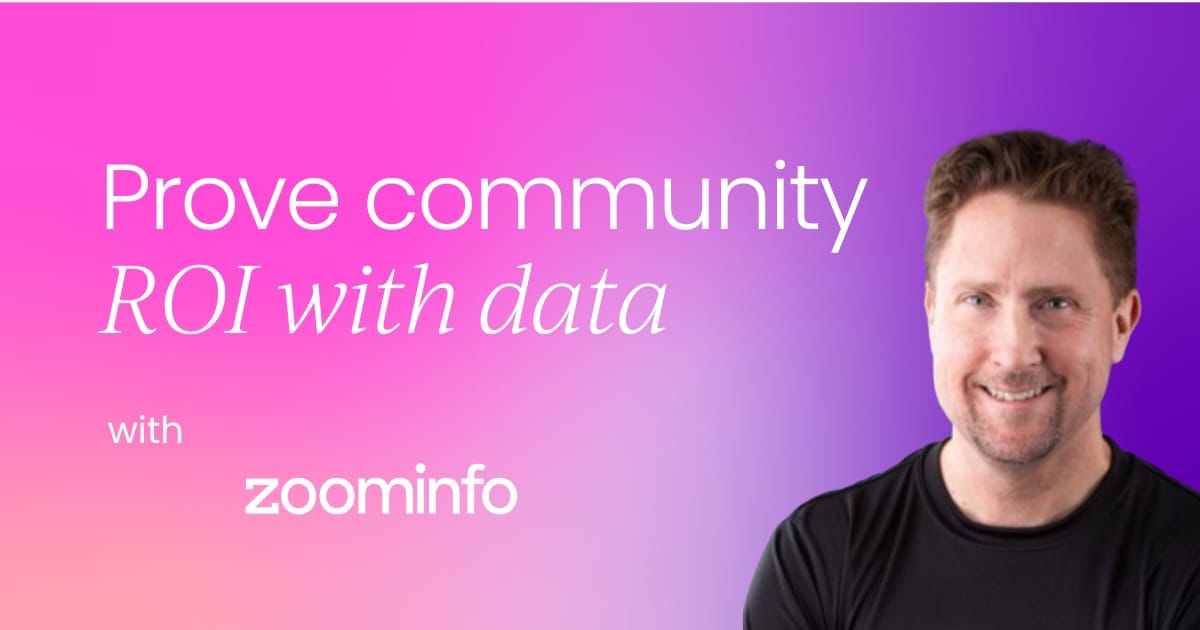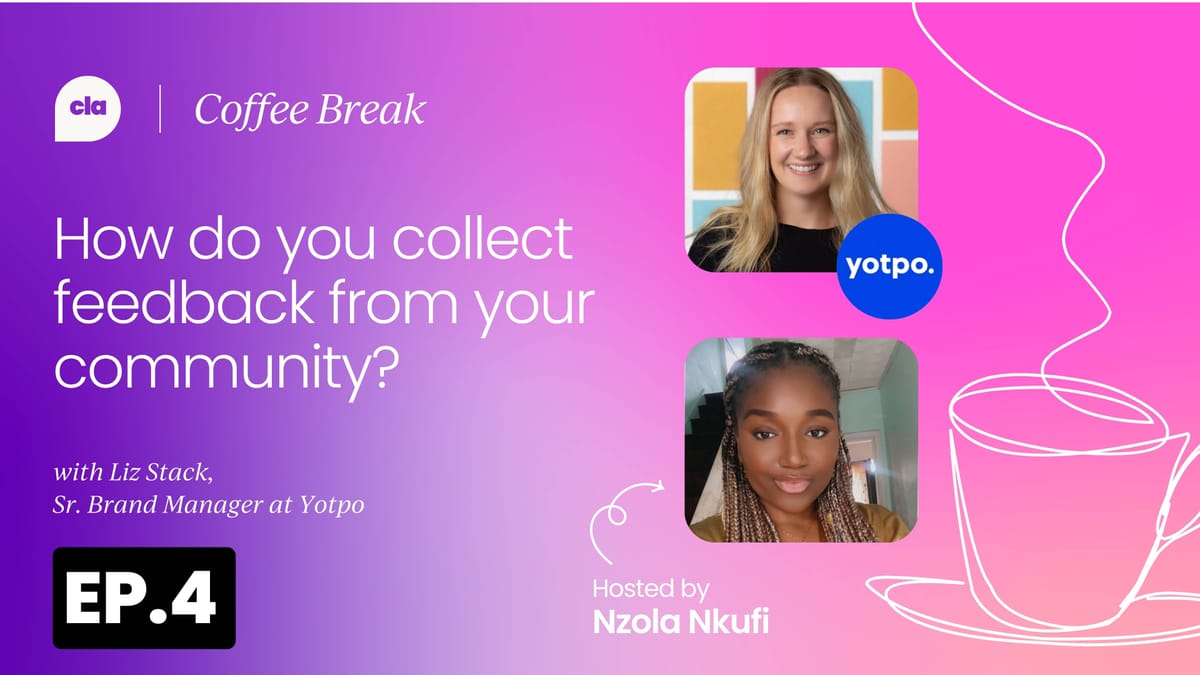This article is based on Margaux’s keynote presentation at our virtual Community-Led Summit in February 2024. At the time of recording, Margaux served as Toptal’s Global Director of Community.
Expanding into international markets has become a key growth strategy for modern businesses. Tapping into new regions not only increases customer reach but also diversifies revenue streams and attracts strategic partnerships.
As more companies enter the global stage, community managers encounter new opportunities and challenges within their online communities. From engaging diverse audiences to managing teams across multiple time zones, building authentic connections on a global scale requires careful planning and adaptability.
At Toptal, where I serve as the Global Director of Community, I lead a network of freelance tech experts spanning over 140 countries.
My experience has shown that successful global community management isn’t about reinventing strategies for every market but rather about creating adaptable frameworks that empower local engagement while ensuring global consistency.
Whether you're expanding your community into new regions or already managing an international network, the core challenge is clear:
How do you scale effectively while fostering meaningful engagement both globally and locally?
After years of hands-on experience and continuous learning, I’ve developed proven strategies for growing global communities without becoming overwhelmed by complexity.

Building a global vision with local impact
One of the biggest misconceptions about global community growth is that you need separate strategies for every region. In reality, a program-based approach is often more effective than a region-based one.
When it comes to scaling a community across multiple regions, it’s easy to think you need unique strategies for each area. But that’s rarely sustainable. Instead, I recommend focusing on a global strategy with localized execution.
Avoid regional silos
Rather than having a separate manager for each region, we shifted to a program-based approach at Toptal.
For example, instead of having separate managers for Europe, North America, and Asia, we have one person overseeing mentorship programs globally and another managing events. This shift allowed us to launch three major community offerings in a single year.
Standardize processes with flexibility
We’ve also learned that you can create global event playbooks with flexible cost ranges. For instance, instead of a fixed event budget per person, we provide a cost range of approx. $20 to $40 per head, empowering local leaders to work within their realities while staying within global guidelines.
Create scalable frameworks
A program-based structure simplifies scaling. It prevents redundant work, ensures resource efficiency, and helps in maintaining consistent messaging across regions. Through centralizing operations, we’ve created a more cohesive global community experience.

Benefits of a program-based structure
Now you may be asking, what are the benefits of a program-based structure? For one, it offers many advantages over a regional approach, centralizing leadership and reducing redundant work while ensuring consistency in community programs worldwide.
This strategy has allowed Toptal to streamline communication, launch scalable initiatives, and better manage budgets across regions.
Improved efficiency
The shift to program-based management has significantly increased operational efficiency. It reduces overlap in responsibilities and helps us deploy global resources more effectively.
Scalability and consistency
By focusing on global programs rather than regional silos, we can maintain consistent quality and engagement levels across all regions. This approach allows us to offer uniform experiences regardless of geographic location.
Empowering community leaders for local impact
You don’t need a representative in every city to make a local impact. What you need are passionate community leaders who can represent your brand and engage members effectively.
Selective onboarding
At Toptal, we focus on either high-impact leaders with limited numbers or a broader reach with less stringent requirements, depending on our goals at the time. Regardless, we ensure these leaders are equipped with the resources they need.
Let leaders drive localization
We encourage leaders to tailor messaging slightly while maintaining core branding. Whether it’s adjusting communication for cultural preferences or localizing event promotions, the power of trusted leaders is essential for effective local engagement.
Support through training and resources
To ensure our leaders feel supported, we provide extensive onboarding, ongoing training, and resources like templates and communication guidelines. These efforts empower our leaders to drive impactful community engagement without constant oversight.
Ambassador programs
A well-structured ambassador program helps us extend our reach without needing full-time team members in every region. Ambassadors help host local events, create content, and act as brand advocates within their regions.

Tools and platforms for global community engagement
Having the right tools in place can make the world of difference when managing a global community. Here are a few tips on how to achieve this:
Maximize existing tools
We use Slack for our primary community communication and ensure we’re maximizing its features, such as automated workflows for member onboarding, event reminders, and ambassador notifications.
Before switching tools, ensure you're fully utilizing the platform’s capabilities.
Clear channel structure
Clarity is critical. Our channels use clear naming conventions, such as “geo-” for regional channels and “event-” for events. This makes it easier for members to find relevant discussions and stay organized.
Regular audits
We conduct bi-annual audits to remove inactive channels and keep our platform organized. Typically, channels with minimal activity over a period get archived, ensuring the space remains clear and engaging for active users.
Choosing the right platforms
While Slack works for us, different platforms might work better for other communities. Discord, Circle, and Facebook groups are also popular for global community management. The key is choosing a platform that fits your goals and audience preferences.

Best practices for managing cultural differences effectively
Cultural nuances play a significant role in global community management. For example, while members in India and Pakistan may appreciate celebratory swag, those in North America tend to prioritize professional development and content value.
Tailor communication styles
Feedback styles also vary. North American participants may provide more direct feedback, while members in Asia might be less forthright. To accommodate this, we personalize how we ask for feedback based on the audience.
Rely on local leaders for cultural insights
Our leaders help us adapt messages and event structures to fit cultural expectations without deviating from the broader global strategy.
Understanding regional engagement differences
Cultural differences also affect engagement styles. Some regions may prefer social-driven events while others value skill-based workshops. Tailoring programming based on these preferences ensures higher participation rates.

Data and growth considerations for global communities
When you're scaling a global community, one of the major requirements is to keep a weathered eye on your data.
Compare engagement to member distribution
If 80% of your members are from the US but most activity comes from South America, you may need to realign your strategy. Ensuring engagement matches member distribution helps balance global growth.
Make the most of your super users
Your most engaged members can offer valuable insights. Use their feedback to refine programs and test new initiatives before rolling them out on a wider scale.
Consistent global standards
We maintain a global “code of conduct” and ensure reimbursement processes are standardized, reducing complexity while keeping compliance across regions.
Data-driven decision-making
We regularly review metrics like event attendance, activity logs, and feedback surveys to ensure our strategies are effective. Data helps identify underperforming areas and guides our program adjustments.

Measuring success and adjusting strategies
Regular assessment is crucial for long-term success. We track metrics like event attendance, channel activity, and member feedback to continuously refine our strategies. These quarterly reviews help us stay aligned with our growth goals.
Using feedback for continuous improvement
We actively collect feedback through polls and Q&A sessions, ensuring our strategies evolve based on community needs. Broken down, it’s just straightforward, two-way communication that strengthens trust and participation.
What have we learned?
Managing a global community requires a balance of structure and flexibility. By focusing on a program-based structure, empowering local leaders, and respecting cultural differences, you can scale your community while keeping engagement meaningful and impactful.
Here’s a clear action plan to move forward:
- Identify gaps: Review your current community approach. Are you balancing global standards with local authenticity?
- Empower leaders: Build or expand an ambassador program. Identify who in your community could represent your brand locally.
- Standardize processes: Create adaptable templates for events, communication, and onboarding.
- Review tools: Optimize platforms for global collaboration and automation.
- Data check-in: Ensure your engagement metrics align with member distribution.
Challenge yourself: Are you balancing global consistency with authentic local experiences?
I’d also suggest you set a goal – within 30 days, try piloting one new strategy to strengthen your global community. Explore resources like The Culture Map by Erin Meyer or connect with global community managers for inspiration – the Community-Led Alliance Slack channel, for instance.
Transformation starts with action. What will you do next?










